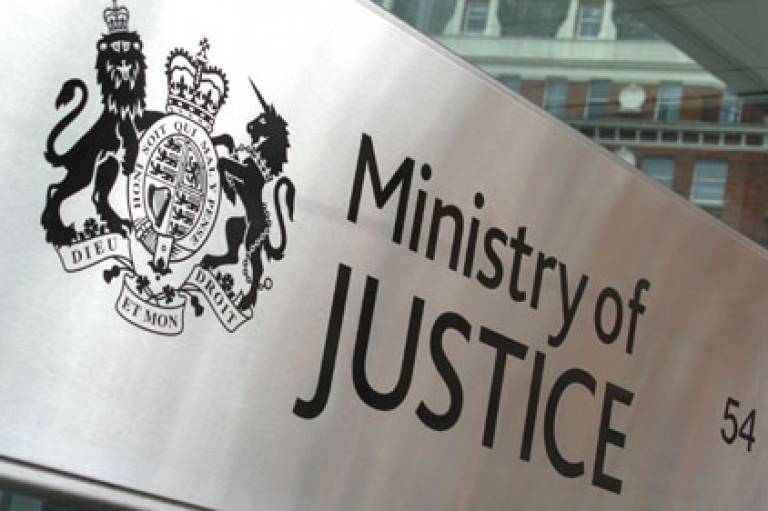Judicial Review Reforms
15 November 2013
In September 2013 the Ministry of Justice published proposals for further reforms to Judicial Review procedures

These include the possible creation of a specialist Land and Planning Chamber within the Upper Tribunal to handle planning JRs, and more controversially ideas for restricting standing, and minimize ‘political’ JRs designed primarily to delay Government decision-maker. Professor Macrory has made a personal submission to the Consultation Document.
Key points in Professor Macrory’s submission which focuses on environmental JRs are:
- The Consultation Paper focuses on planning JRs and acknowledges that many of its proposals cannot apply to Aarhus environmental JRs. Yet many planning JRs will inevitably engage Aarhus.
- Aarhus does not entitled people to bring frivolous or unwarranted claims but the the vision of Aarhus for economical and speedy access to review procedures requires a more radical rethink on how JRs have been traditionally handled.
- There is considerable merit in the proposal of the Upper Tribunal (Lands Chamber) in handling planning JRs. Environmental JRs should also be transferred, starting with those areas of environmental law where statutory appeals to the First Tier Environment Tribunal now lie. The new Chamber should be called the Land, Planning and Environment Chamber.
- Third parties who had participated in environmental regulatory procedures should have a limited right of appeal to the First Tier Environmental Tribunal on the substantive or procedural legality of the decision in question. Providing an appeal in this way would be more consistent with Aarhus aspirations than JR actions and by channeling such challenges through the First Tier Tribunal would help dampen unrealistic and expensive JR claims.
- There is a limited discretion under Aarhus to define standing requirements under national rules for environmental NGOs but it is unlikely that doing so will meet concerns expressed in the Consultation Paper, and it is preferable to rely on judicial discretion.
Update February 2014
The Government responded to the consultation in February 2014 – Cm 8811
- The Government has decided not to set up a new chamber in the Upper Tribunal for planning and environmental JRs. Instead it will create a new Planning Court within the High Court – “The Government is satisfied that the Planning Court continuing to hear cases in the High Court will deliver the improvements it had been minded to seek through the creation of a Planning Chamber in the Upper Tribunal. The Planning Court should be up and running more quickly without introducing uncertainty around the development of new rules and case management procedure that a Planning Chamber in the Upper Tribunal would have required”.
- The Government has decided not to change existing rules on standing in planning and environment JRs – “The Government is clear that the current approach to judicial review allows for misuse, but is not of the view that amending standing is the best way to limit the potential for mischief. Rather, the Government’s view is that the better way to deliver its policy aim is through a strong package of financial reforms to limit the pursuit of weak claims and by reforming the way the court deals with judicial reviews based on procedural defects.”
 Close
Close

